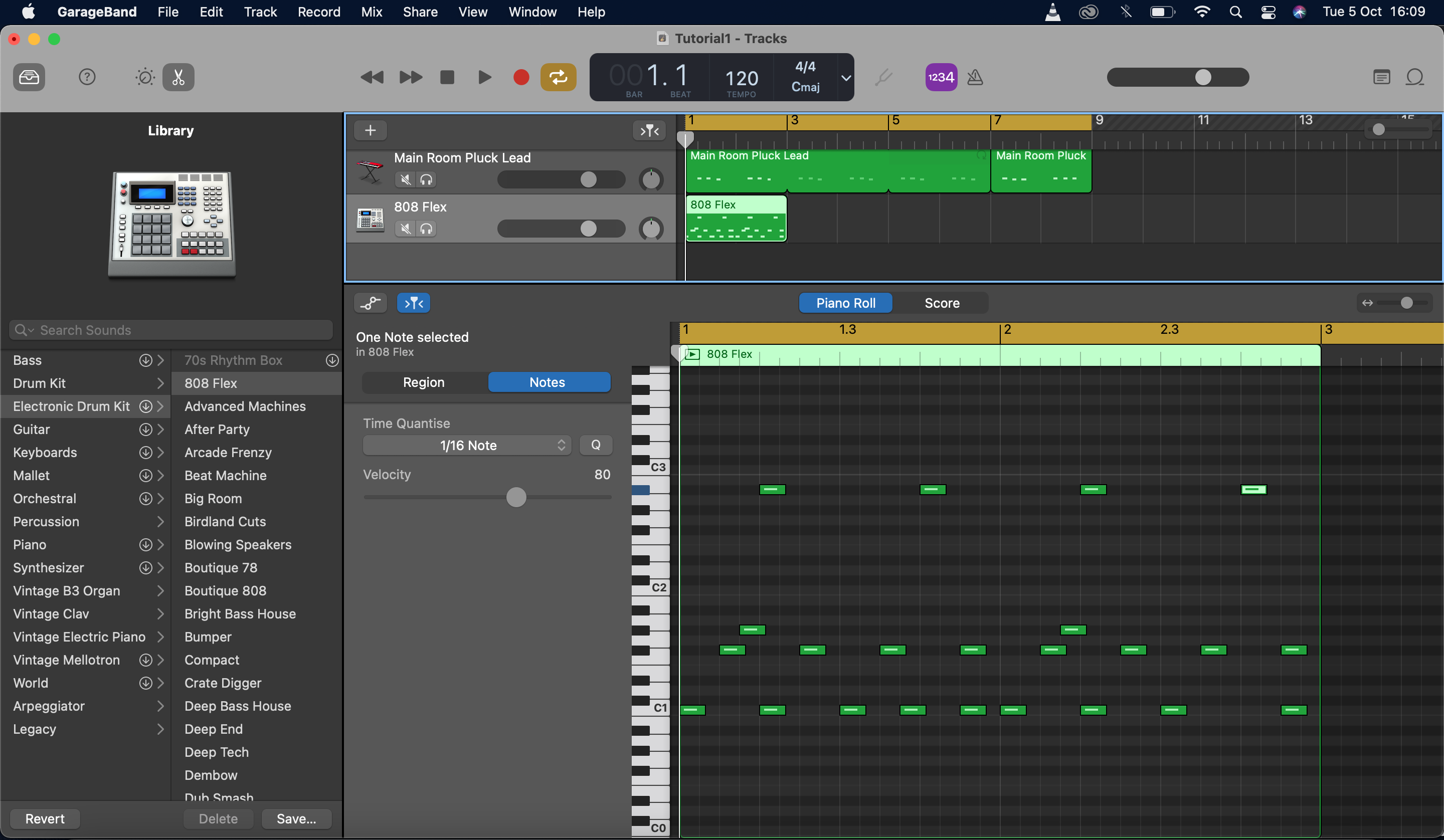Turn your song ideas into a great arrangement - 14 tips and tricks to try
Transform that 4-bar loop into a track

If you're serious about making music, the arranging process is just as important as the compositional one.
Get it right and you could have a hit song on your hands - get it wrong and you'll be left with a jumbled mess of ideas.
Here are 14 thing you can do to create better arrangements…
1. Learn from the experts
Listen to your favourite tracks and try to work out what it is in the arrangements that makes them work. The more you listen, the better you'll get at picking out the oh-so-important minor details.
2. Be critical of your own work
Every once in a while, try to take a step back and analyse your own arrangements. It's easy to get emotionally attached to a piece, but if a part isn't working, be ruthless and ditch it. It might set you back a bit in the short term, but your arrangement will be all the better for it in the long run.
3. Learn music theory
Even a tiny bit of knowledge can go a very long way. It's not dull or scientific, and learning music theory will mean you'll find it easier to analyse what is and what isn't working in your arrangement - often without even having to listen to it first.
4. Try using vocals on their own
"Listen to your favourite tracks and try to work out what it is in the arrangements that makes them work."
In a song, vocals are king (or queen). They're the focal point of the entire piece, so why not capitalise on this and start or end a song with just the vocals? The effect can be very powerful indeed.
Want all the hottest music and gear news, reviews, deals, features and more, direct to your inbox? Sign up here.
5. Use space wisely
Try leaving space in an arrangement, especially in a verse. You don't always have to have chordal instruments playing - dropping all the instruments except the drums, vocals/ melody and possibly the bass can be very striking, and you also get real impact when the chords come back in for the chorus.
6. Vary your choruses
If you've got a main hook or chorus that's repeated a lot, things can get boring. Try swapping instruments about, changing the dynamics or switching parts halfway through the section to add a bit of variety.
7. Avoid the clash
Be aware of clashing melodies and parts occupying too much space. If you have a vocal or a melody, you'll need to give it some space. Having a lead guitar or a synth with a similar tone to the melody playing something different might clutter things up.
8. Try unusual instruments
If you're bored of the same old sounds in your songs, try something a bit bizarre. You can even sample things that aren't instruments at all; in fact anything that makes a noise is fine. These needn't be novelty noises, either - see if you can make something musical out of them.
9. Layer
The easiest way to make your mix sound fatter is to have multiple instruments playing the same part, and sometimes even multiple instances of the same instrument playing the same part.
10. Use pad sounds
"Dropping all the instruments except the drums, vocals/ melody and possibly the bass can be very striking."
Pad sounds are soft, sustained background sounds that generally don't grab your attention but rather are used to add mood or a bit of depth to an arrangement. If your song is sounding a bit thin and you can't quite put your finger on why, a pad could be the solution.
11. Be aware of rhythm
You may want all the instruments to 'lock in' together and play the same rhythm; you may want them to play different rhythms. Whatever you choose to do, though, make sure this is a conscious decision, as not paying attention to rhythm will make your arrangement sound sloppy and disjointed.
12. Be aware of expectations
When arranging, It's sometimes best to do the obvious and kick in with the big chorus at the end - it's what people will expect and probably what they'll want to hear. Equally, though, defying expectations and going somewhere that isn't immediately obvious can be a really effective move.
13. Make your intro count
The cruel truth is that most listeners aren't patient and will often judge your track in the first few seconds. The intro isn't merely the bit before the melody or vocals come in - it's a very important section in its own right, so spend some time making it perfect.
14. Think about register
The register of a part is how high up it's played - for example, a piano part played in a high register would be played high up (to the right) on the keyboard. If every part is in the same register in your track, it'll likely sound either dull or too dense. Try spreading parts about a bit and changing register as the song goes on.
MusicRadar is the internet's most popular website for music-makers of all kinds, be they guitarists, drummers, keyboard players, DJs or producers.
GEAR: We help musicians find the best gear with top-ranking gear round-ups and high-quality, authoritative reviews by a wide team of highly experienced experts.
TIPS: We also provide tuition, from bite-sized tips to advanced work-outs and guidance from recognised musicians and stars.
STARS: We talk to artists and musicians about their creative processes, digging deep into the nuts and bolts of their gear and technique. We give fans an insight into the actual craft of music-making that no other music website can.
